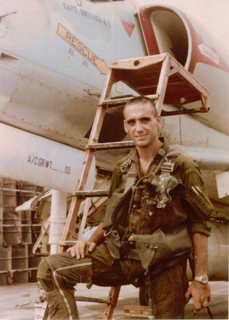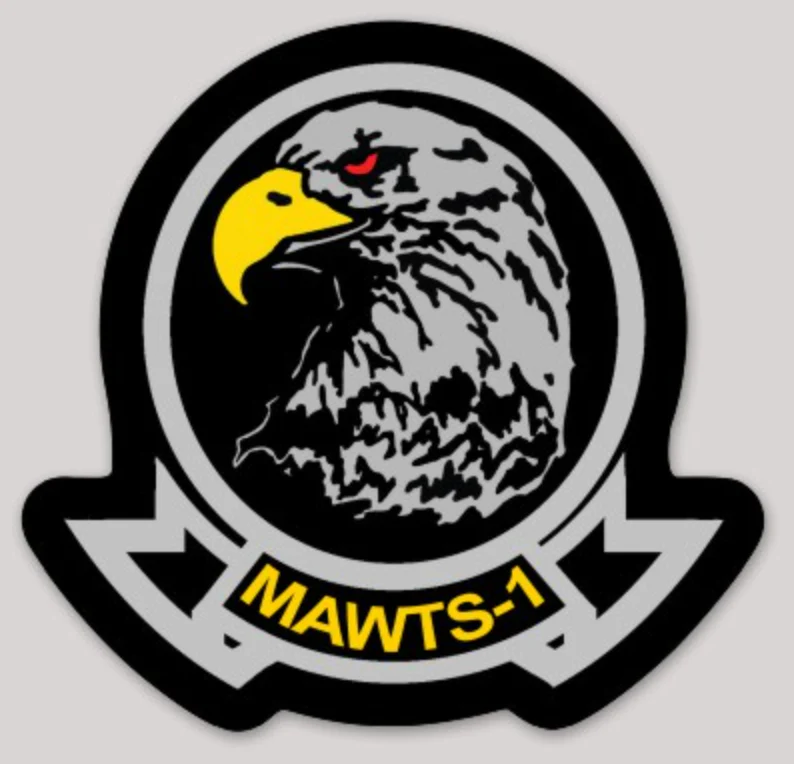Shaping the Institution in Order to Standardized Advanced Training: The Perspective of the Second Commander of MAWTS-1
We had the opportunity to talk with Major General Bobby Butcher on November 16, 2023, to learn how he worked the challenge of shaping the institutional framework for the kind of standardized advanced training which, after all, was the whole purpose for creating MAWTS-1 in the first place.
But setting a framework that has not been created requires significant creativity, imagination, bargaining and hard work. It was clearly a team effort within which Col Butcher worked with a number of MAWTS founders to set in motion the trajectory on which MAWTS was launched.
Major General Butcher had a very distinguished career which can be seen in the document we have included at the end of the article. Here we are focusing more narrowly on how an experienced A-4 pilot came to be the second commander of MAWTS-1 and how he networked with Marine Corps leadership to carve out a way ahead which has persisted to this day.
Butcher highlighted several aspects of the challenge of establishing and then building a path forward for the kind of vision which the founders of MAWTS-1 clearly had.
The first aspect was the question of working MAWTS-1 WTIs to include both the best rotary wing as well as fixed wing pilots and crews. This was worked by Butcher on two levels: who would succeed him as at MAWTS? And how to get the best helo pilots and crews participating in the WTIs.
The second aspect was working or struggling to ensure that all of the key aircraft flown by the USMC participated in WTIs so that the full gamut of warfighting capabilities could be exercised at MAWTS and then taken back to the squadrons by the WTI instructors.
The third was staying in touch with the squadron commanders and air wings world-wide and providing input as well as receiving their insights with regard to changing operational conditions and folding that into the ongoing MAWTS training experience.
The fourth aspect was working with and learning from allies during WTIs and visits to Yuma. To shape combat excellence, one should not limit oneself to what the U.S. forces alone are doing. Combat learning from allies is a key part of the training process.
Let us look at each of these aspects as discussed with Butcher. With regard to the rotary wing issue, Butcher highlighted this in two ways – the challenge of getting the properly qualified pilots and working his replacement as CO of MAWTs.

Butcher noted that “we were doing well with regard to our first WTI when I was in charge, but the only area we were not doing well as with regard to helicopter pilots. The list of candidates sent to us made it clear that the pilots who were selected to come simply were not qualified. I could not get through to these helo COs because they would say ‘Butcher, you don’t understand the trouble we have trying to train, when the division is always asking for all the assets we have available.’
“I called my boss, the head of training in the Marine Corps, and indicated the problem. I then flew back east to meet with him and then met with General William White who was head of aviation at headquarter Marine Corps. White was a helicopter pilot who certainly saw the need for what I was concerned about.
“While I was there, I was given more than seventy files to review on lieutenant colonel helo pilots scheduled to move during the summer of 1981. Originally, three records were held out from my review, and when I got these, I realized that any of them could be good for my replacement, but Jake Vermilyea was in Washington attending the National War College and I could explain MAWTS-1 to him. I invited him to visit me at my hotel and we met, and he was enthusiastic to come as my XO and then to replace me.”
Thus, begun the tradition until today of rotating command between a fixed wing and rotary wing commander to head MAWTS.
The second aspect was highlighted a story which Butcher recounted of his dealings with 2nd MAW when he needed EW and C2 aircraft to support his WTI. He was told by the MAW commander that they were holding an exercise at the same time and could not provide the aircraft and crews to MAWTS. But only 2nd MAW had the aircraft needed so Butcher let the 2nd MAW commander know that he was going to appeal to General White to get those aircraft but only after the 2nd MAW commander had his call with DCA. He did so and DCA saw the importance of bringing those specialized assets to the WTI, for it was MAWTS that was working standardized training for the entire Marine Corps not just a Wing.
Third, while CO of MAWTS-1, Butcher set up communications with Marine Corps operational leaders worldwide. According to Butcher: “You could call me from any place in the world and reach my desk. I think the extension was 2056 I don’t know why I remember that. You could call me from anywhere in the world at the Yuma prefix and that number and it would ring on my desk. and I gave that number to all the group all the squadron COs and it was not unusual for me to get calls from them for various things.”
Butcher was CO of MAWTS-1 from 27 June 1980-5 August 1982. This meant during his time there, the Israelis had engaged in the conflict in Lebanon. We then discussed the IDF and working with the IDF to shape lessons learned.
As Butcher noted: “The first time the Israelis came when I was at MAWTS, they told me that we were doing the most realistic combat training in the world. We had much to share then as now with the IDF.”
In short, Major General Butcher carved out a beginning orientation which helped shape the trajectory of change which MAWTS-1 continues until today.
Butcher- Bobby G
